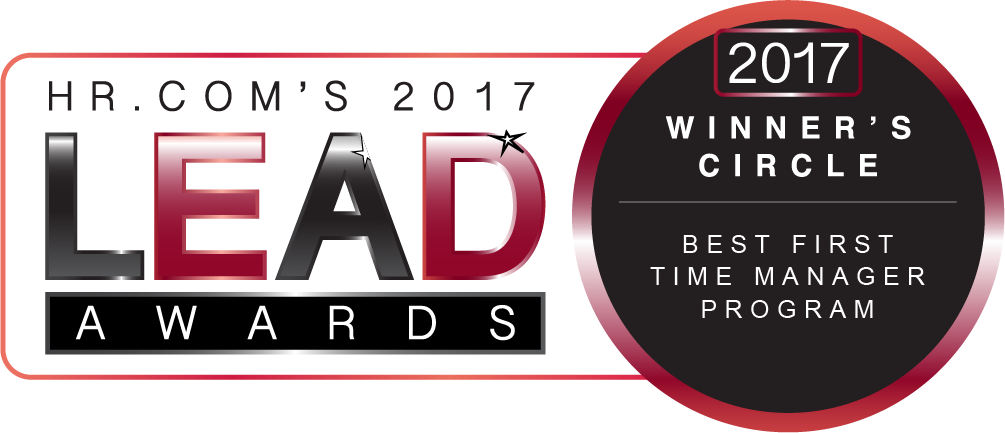Last week I had the opportunity to go to LEAD 2017 to learn about leadership from a number of talented speakers. LEAD, short for Leadership Excellence and Development, is a two-day event focused on equipping individuals with the ability to be better leaders in the world today. From this experience I learned about not only leading others, but also how to be a positive source of energy in the work environment. With this article I will share my key takeaways from my experience at the conference.
Focus on Strengths
One of the first key takeaways is focusing on strengths instead of weaknesses, especially when you are looking at yourself and your team. According to Angie Paccione, by measuring your team based on your strengths, you come in with a more positive attitude, and that increases motivation causing growth and progress to accelerate. If you focus on weaknesses, you kill motivation and potential, causing your team to falter instead of rise.
Going further into this, you must be willing to challenge your team and trust in their abilities. Measuring on your team’s strengths instills confidence, allowing them to feel safe in taking risks and expanding their skillsets. You are creating a team of leaders who will lead you to success.
Positivity is Key
Bill Clement had a lot to say on bringing a positive energy to your work environment every day. Being someone whom others can plug into and stay motivated through are some of the strongest characteristics of a leader. This type of management comes from having a sound mindset. Thinking positively and seeing opportunities in everything are both important traits to have, especially when guiding a team. By being constructive, your team will recognize their importance in any challenge and understand they are part of something bigger, which in turn causes the team to work toward achieving goals.
Keeping this positive outlook, especially in times of stress, is imperative, but can be challenging. Pandit Dasa spoke on the importance of practicing mindful leadership. Maintaining a clear mind keeps emotions in balance. Communication becomes more compassionate and you appreciate your employees more. This, in turn, leads to more appreciative employees who have a greater sense of belonging to the organization and overall purpose.
Don’t Be Afraid to Be Fearless
One of the crucial qualities of a great leader is accepting ownership. This can sometimes feel like a heavy weight. However, as Molly Fletcher put it, being a leader means being fearless. You must be accountable for everything you do, and with this accountability you must be resilient. A great manager is one who can quickly recover from missteps. You set the tone for your team and bouncing back swiftly sends a message that you believe in what you are doing and why you do it. This sets the foundation your team can build on.
You can also use your fearlessness to be willing to ask for help when you need it. The guidance given by Spencer West is that a true leader knows when to ask for help. Asking for help rallies everyone around a challenge. By showing your humility, your team will rally around you and lead to everyone succeeding.
[bctt tweet=”A true leader knows when to ask for help.” username=”TannerSchroeder”]
Time to Lead
By focusing on these key takeaways you can take your leadership skills to the next level. Gauging your team based on their strengths will bring confidence to your team and motivate them to try new initiatives and accelerate progress. Concentrating on having a clear mind will turn you into a positive source of energy for your team, allowing you to thrive even when things get tough. You also know that you can ask for help when you need it, giving your team a challenge to overcome together. Combining these behaviors results in a team driven to succeed being led by someone they not only trust, but want to see succeed as well. If you have any other takeaways from LEAD 2017, or other leadership tips, please reach out and let me know!




